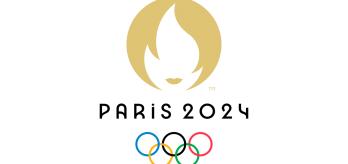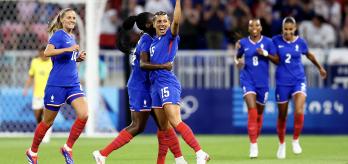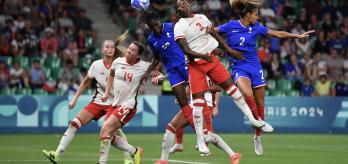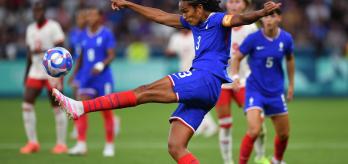This was a fascinating group with four teams with drastically different styles of play and strengths. The USA powered to three impressive victories in their group stage matches and topped the table, scoring nine goals in the process. Germany finished second, scoring seven goals in their outings against Zambia and Australia, while the Australians missed out on progressing as one of the best third-placed teams on goal difference. Zambia had a challenging tournament, conceding 13 goals in three games and finishing fourth in a tough group.
USA
Under new manager Emma Hayes, the USA have been impressive and are perhaps a little stronger than some might have expected, based on their disappointments in recent tournaments. In possession, they really dominated all three games, releasing their full-backs to play high while the holding midfielders and centre-backs shaped their rest defence. When they attacked, they often had five players filling the five channels against opposition defensive lines, and Trinity Rodman (5) has really showcased her attacking talents so far.
Out of possession they are incredibly organised, and their rest defence structure helped protect them against counter-attacks. They proved difficult to break down and it will be very interesting to see how they progress in this tournament.
Germany
Using a 1-4-2-3-1 system, Germany started the competition strongly, with Alexandra Popp (11) playing in midfield as one of the two deepest midfielders (in the absence of the injured Lena Oberdorf). Her partnership with Janina Minge (6) was interesting, because we normally see Popp playing as a centre-forward. Germany are a technical team, and wide midfielder Jule Brand (16) has been very influential in the way they break lines when approaching or inside the final third.
When they did not have the ball, they operated in a compact mid-block, pressing aggressively once their press was engaged and looking to release Brand and centre-forward Sjoeke Nüsken (9) early on transitions to attack.
Australia
Despite making the semi-finals of FIFA Women’s World Cup 2023™, Australia did not progress from the group. They used different formations in their three games, including 1-4-4-2, 1-4-1-4-1 and 1-5-2-3, against teams that posed very different challenges. In their game against Zambia they showed great resilience to come from 5-2 down to win 6-5. They wanted to build play using their wide areas with Kyra Cooney-Cross (8) as their playmaker, but tended to gain more success when attacking the space in behind their opponents earlier. Out of possession, Australia were a hard-working team but looked vulnerable on transition to defence, and conceded goals from set plays.
Zambia
Zambia were a team that thrived when playing off fast transitions to attack in a 1-4-4-2. Their forward players demonstrated a searing turn of pace, especially Barbra Banda (11), who was difficult to track when she had opportunities in behind defensive lines. Once they won the ball back they were extremely direct, with clever runners that aimed to isolate opposition defenders in 1v1s. Zambia also played the ball forward very early to deny the opposition opportunities to counter-press.
From a defensive point of view, they were hard-working but sometimes had issues with players getting drawn out of their defensive shape to press, leaving gaps that could be exposed by opposition players. When they reflect on the tournament, they will see opportunities for further growth and will be disappointed with some of their defensive lapses, but they are still a team with huge potential.

























